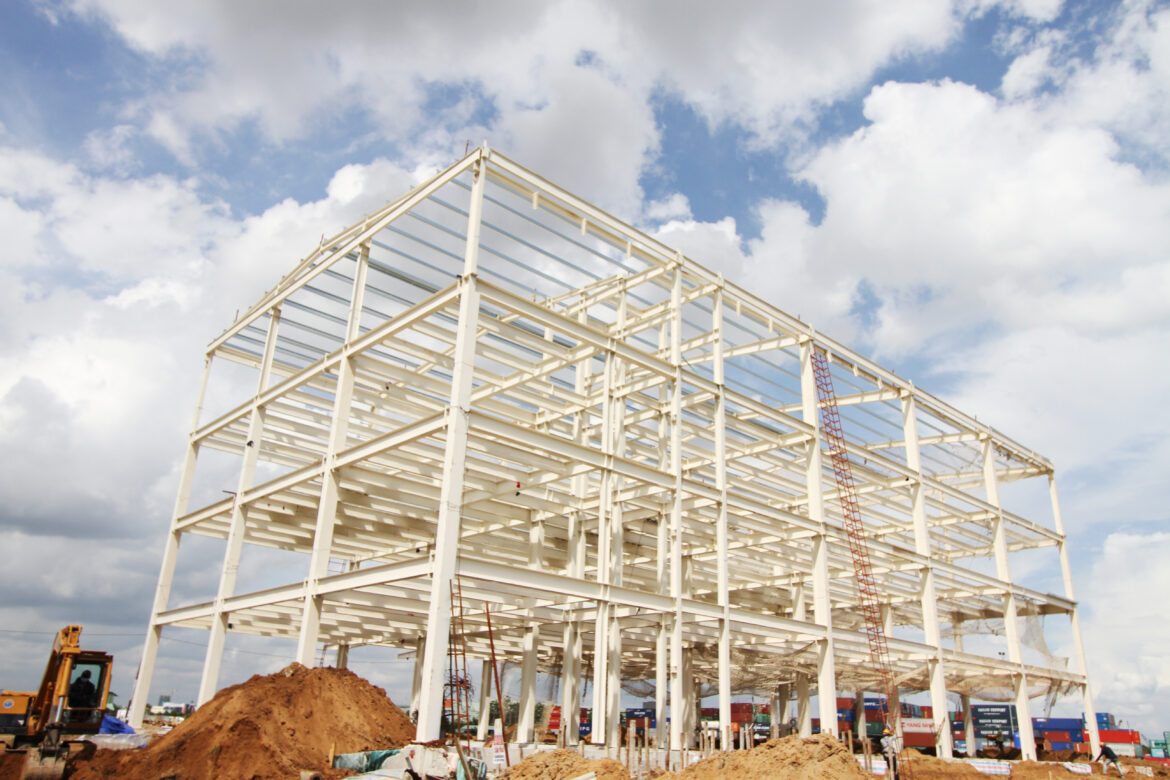The structure of the Church of England presents a fascinating tapestry, woven intricately from the threads of historical evolution, ecclesiastical governance, and spiritual tradition. At its heart, the Church of England operates within a hierarchical framework that echoes the broader Christian ethos but also exhibits unique characteristics, tailored to the cultural and historical context of England itself. Each level of its infrastructure can be likened to various components of a grand cathedral—each serving a distinct purpose but contributing to the stability and magnificence of the whole.
At the base of this ecclesiastical edifice lies the parish, the fundamental building block of the Church of England. The parish serves as the heart of local worship, a small yet significant microcosm of the Anglican community. Here, individual congregations gather for worship, fellowship, and spiritual sustenance. Each parish typically encompasses a church building, often steeped in history and architectural splendor, where parishioners partake in sacred rites and communal gatherings. The parish priest, or vicar, navigates both the spiritual and administrative dimensions of these congregations, embodying the responsibility to nurture the flock entrusted to their care.
Parishes are more than mere geographical divisions; they symbolize a profound connection between the local community and the universal church. Like the congregation of stones that forms a sturdy wall, each parish is a vital element supporting the greater structure of the Church. The rich diversity found within these parishes, from urban centers to rural enclaves, contributes to the Church’s overall resilience and adaptability. It is in these spaces that the doctrines of love, charity, and communion are practiced daily, fostering a sense of belonging and purpose among the faithful.
Ascending from the parish level, we encounter the diocese—a larger ecclesiastical unit that encompasses several parishes. The diocese serves not only as a geographical territory but as a vibrant spiritual hub. Each diocese is overseen by a bishop, a figure who acts as both a spiritual shepherd and an administrative leader. The bishop’s role is akin to that of a master builder, ensuring that the structures within the diocese align with the foundational tenets of the Anglican faith while addressing the unique needs of the congregations. The diocese provides vital support and resources to parishes, facilitating programs, training, and initiatives that promote spiritual growth and community outreach.
The connection between parishes and dioceses is palpable, as they work in tandem to further the Church’s mission. This dynamic relationship can be likened to the relationship between roots and branches of a tree. The roots dig deep into the earth, drawing nourishment and stability, while the branches reach toward the heavens, representing aspiration and growth. In such a manner, parishes supply the diocese with life, while diocesan leadership cultivates and nurtures that vitality, guiding it toward greater reach and impact.
Beyond the diocesan level, the Church of England is further organized into provinces. Each province encompasses multiple dioceses, thus forming an even broader scope of governance and spiritual oversight. The two primary provinces are Canterbury and York, with the Archbishops of Canterbury and York serving as their respective leaders. The role of an archbishop transcends mere administrative duties; it is a spiritual calling, tasked with the responsibility to uphold unity, foster collaboration, and champion the mission of the church at the national level. The archbishops act as bridges, connecting the local and the global, representing the Church of England in ecumenical dialogues and interfaith discussions.
The role of the Archbishop of Canterbury, in particular, is steeped in historical significance, often regarded as the spiritual primate of the worldwide Anglican Communion. This position embodies a rich heritage dating back to the early days of Christianity in England and symbolizes the Church’s enduring commitment to its apostolic roots. The archbishop’s presence at national services and within political spheres further accentuates the Church’s influence on contemporary societal issues, championing justice, peace, and reconciliation.
Total governance within the Church of England is not solely hierarchical, but also collaborative. Synodical governance fosters dialogue among clergy and laity alike, allowing for a plurality of voices to be heard. The General Synod, composed of representatives from diverse districts of the Church, enables collective discourse on matters of doctrine, liturgy, and social relevance. Such an approach to governance not only underscores the Church’s commitment to inclusivity but also invigorates its mission by embedding accountability within its structures.
Moreover, the Church’s structure is rich in symbolism, reflecting the duality of its earthly establishment and divine mission. Each layer—parish, diocese, province—serves to reinforce the interconnectedness of the Christian community, with Christ as the cornerstone. Just as the stone archways of cathedrals rely on well-placed keystones to maintain balance and strength, so does each level of ecclesiastical leadership bolster the integrity of the Church as a whole, ensuring that it remains a steadfast beacon of faith, hope, and charity in a tumultuous world.
Ultimately, the structure of the Church of England—from the humble parish to the esteemed archbishopric—represents a symphonic interplay of local devotion and universal mission. It encapsulates the diverse experiences of Christian life and reinforces the belief that each member has a role to play in the body of Christ. In embracing this intricate structure, the Church of England not only preserves its rich heritage but also paves the way for future generations to engage with their faith, fostering hope in a world yearning for connection and purpose.



